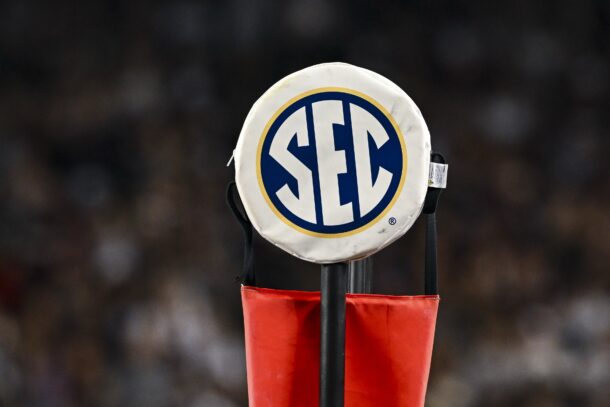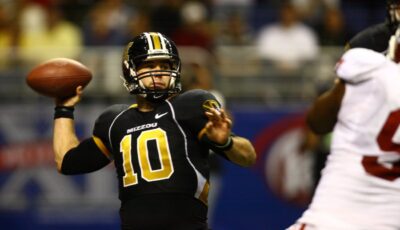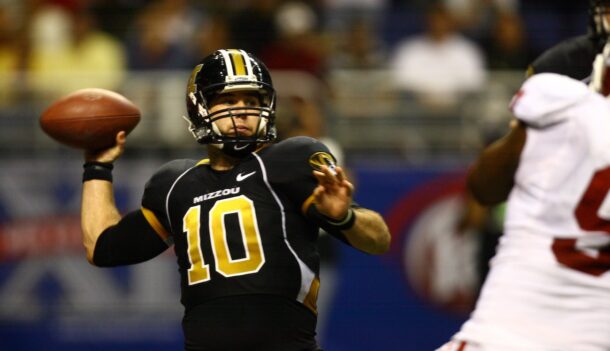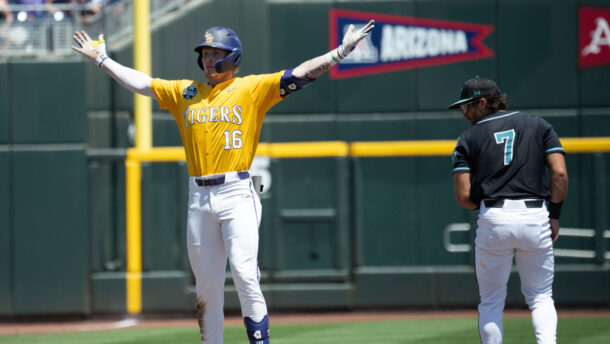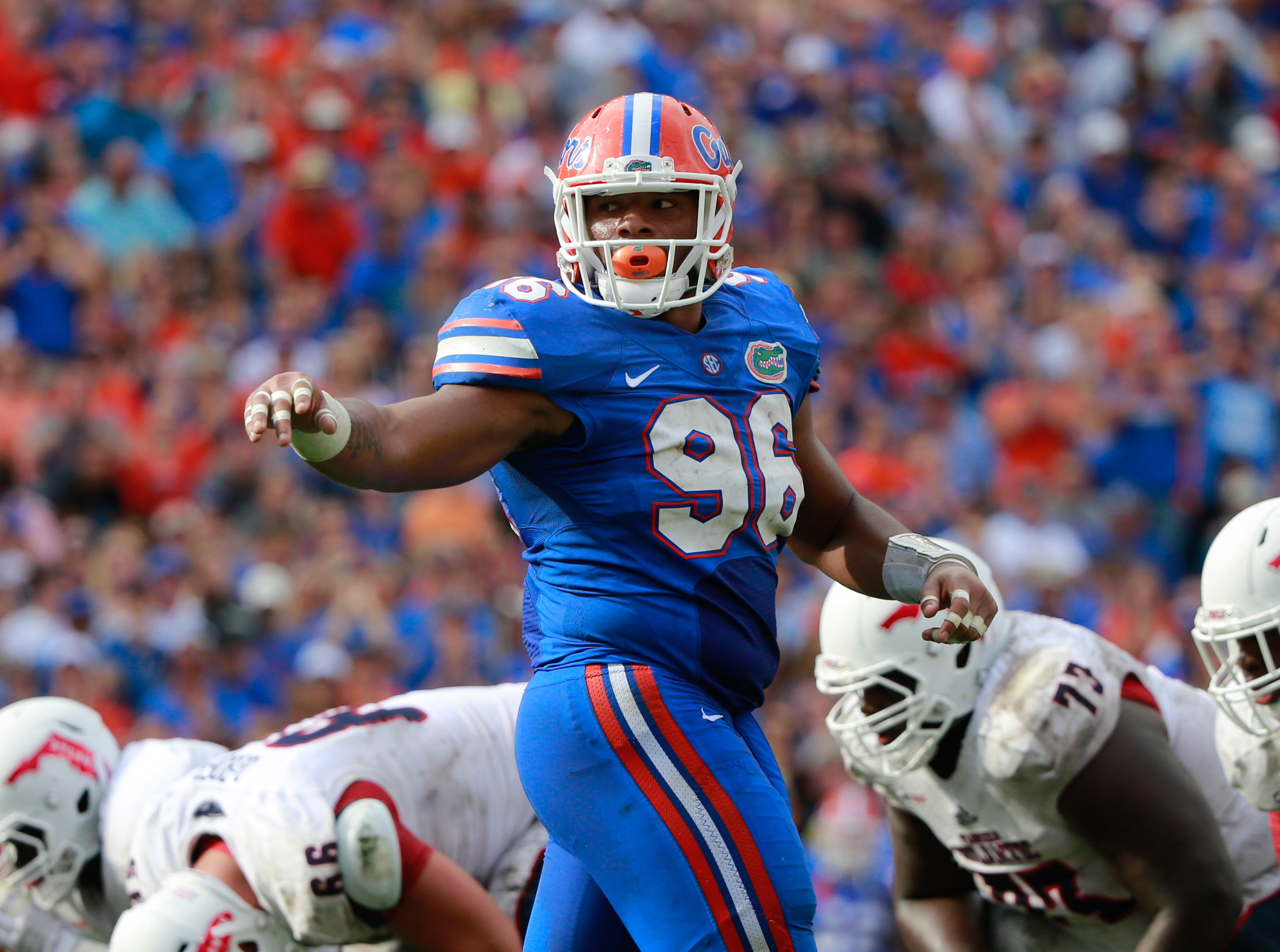
3 key questions for Florida as it prepares for preseason practices
By Andrew Olson
Published:
GAINESVILLE, Fla. — While it looks none other than Steve Spurrier has revealed Florida’s starting quarterback plans, there are still big questions heading into the Gators’ second fall camp under Jim McElwain.
Last year’s roster has changed drastically on offense, with both starting quarterbacks having transferred out and multiple skill position starters now in the NFL. The first-team offense impressed in the spring game, but that came against the second-team defense.
In recent years, it’s become expected of Florida to have one of the best defenses in the SEC. The defense should be a strength again in 2016, but there are some big shoes to fill.
Here are three questions the Gators will be addressing in fall camp:
1. How should the freshmen quarterbacks be used?
The Gators have four scholarship quarterbacks: redshirt sophomore Luke Del Rio, graduate transfer Austin Appleby and true freshmen Feleipe Franks (pictured) and Kyle Trask. Before the team begins game week preparations for UMass, the coaches should figure who will redshirt and who will play in 2016.

Proponents of building depth for the future will want to redshirt both freshmen if Del Rio and Appleby can stay healthy. From this perspective, if neither freshman is going to play with the game on the line, why not just wait a year to start the four-year eligibility clock?
Others might want to see both quarterbacks take snaps in September. Considering the previous four seasons have led to the Gators’ starting quarterback either being injured or suspended at some point in the season, there’s reason for Florida fans to want to see every signal-caller get some game experience.
Arguably the most practical approach would be to redshirt one and play the other. The team would have two quarterbacks ready in case of injury to Del Rio and it would create some separation on the depth chart, which can help prevent future transfers.
In Florida’s case, the coaches are dealing with one raw talent who appears reluctant to overcome bad high school habits (Franks) and one mechanically advanced high school backup who lacks experience (Trask).
In the spring game, it appeared that Trask could benefit from taking a few game snaps, perhaps in mop-up duty, while Franks could benefit from a year on the sidelines. It’s been a while since April, however, and it’s premature to write off Franks’ chances of playing this fall.
2. Does a running back by committee approach make more sense than having an RB1?
Throughout the offseason it has been assumed that Florida will take a committee approach at running back this fall. Junior college transfer Mark Thompson (6-foot-2, 242 pounds) should be able to power through in short-yardage situations. Jordan Cronkrite has demonstrated his pass-catching ability and overall versatility. Jordan Scarlett could be the potential home run threat.
It sounds exciting, and certainly full of potential, but will it actually come to fruition?
It was mentioned during the spring game broadcast that Thompson had fumbling issues in practice. If that continues into fall camp, one can expect to see him on the bench a lot more than on the field.
Scarlett was one of the more hyped recruits of the 2015 class, but was hardly heard from as a freshman except for a couple games in October (LSU, Georgia). He missed the bowl game due to an arrest for marijuana possession and was limited in spring due to an injured hamstring. Maybe this fall he’ll finally get consistent carries, but his career is off to a bumpy start.
Don’t be surprised if the coaches lean on Cronkrite more at first.

3. What is the best way to use Cece Jefferson?
The 2016 squad is tasked with replacing DT Jonathan Bullard, one of the team’s top run stoppers, and DE Alex McCalister, the team’s sack leader. Cece Jefferson is a potential fit at both spots, but unfortunately, he can only play one.
At 6-foot-1, 270 pounds, Jefferson has the size to move inside and take on the Bullard role. Bullard similarly, was an edge rusher converted to a defensive tackle.
But moving Jefferson away from defensive end might hurt the pass rush more than it helps the run defense. If Jefferson were constantly lining up on the edge, one would expect him to compile a lengthy highlight reel of sacks and quarterback pressures. Not to say he can’t pressure the quarterback from the inside, but his edge rushing ability is a well-documented skill set.
Defensive coordinator Geoff Collins and defensive line coach Chris Rumph have plenty of players to shuffle around on the line to figure out the best fit. There are certainly worse problems for a team to have.
Andrew writes about sports to fund his love of live music and collection of concert posters. He strongly endorses the Hall of Fame campaigns of Fred Taylor and Andruw Jones.
